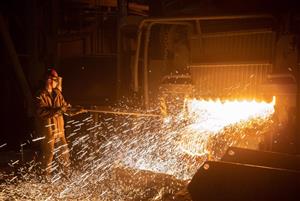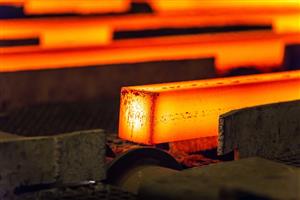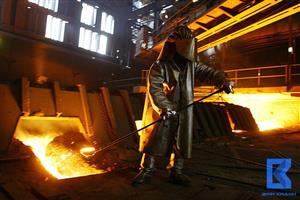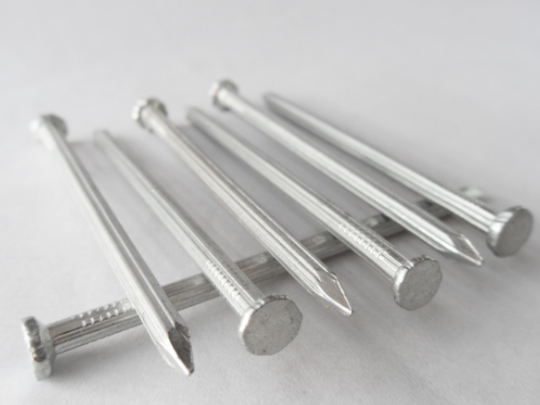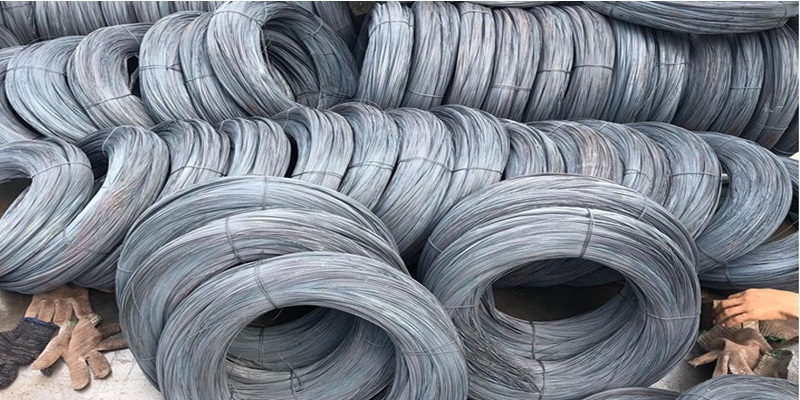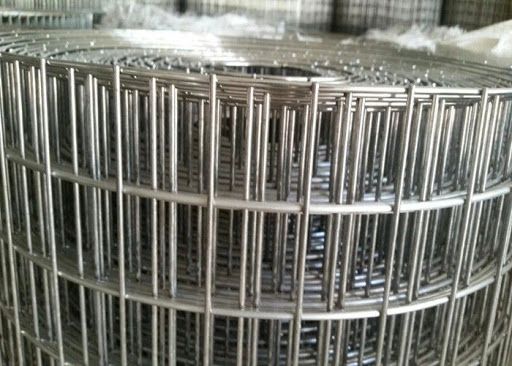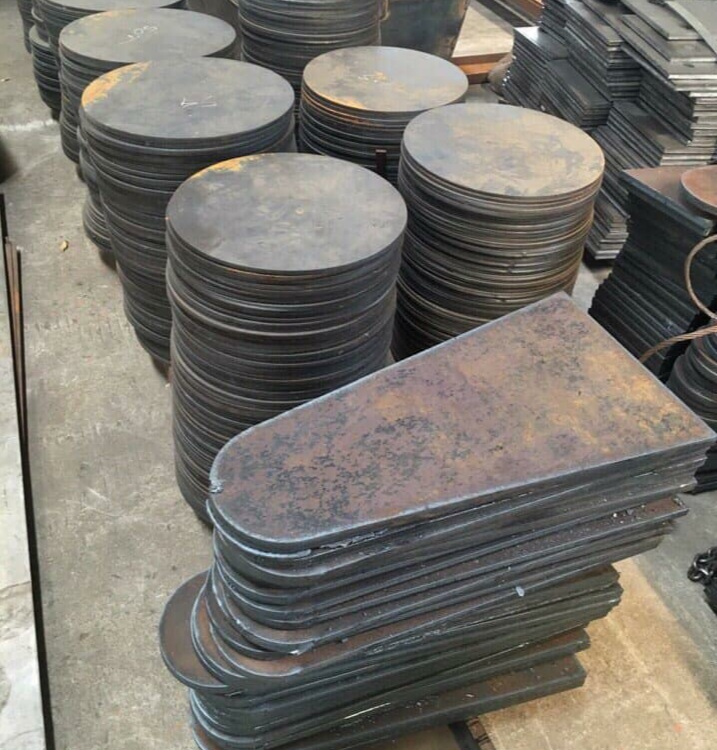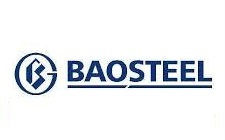Spot stainless steel price in China on March 9 was 19,373 yuan/ton ($3,066/ton), 2.5% higher than the previous day.
Since the beginning of the month, the price of this item has increased by more than 12%. Compared to the beginning of the year, the price of stainless steel increased by more than 21%.
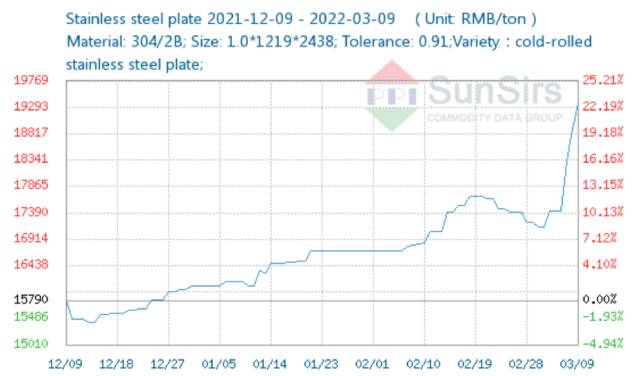 |
Nickel, which is a raw material used in the production of stainless steel and electric vehicle batteries, has increased rapidly in recent years. At times, this commodity increased up to 250% in the two trading sessions this week, surpassing 100,000 USD/ton early on March 8. This is double the peak recorded in 2007.
Nickel prices "plunge" because of concerns about supply disruptions due to the war in Ukraine. Russia accounts for about 10% of the world's supply.
Many other building materials also went up. Color coated steel sheet on March 9 was 8,316 yuan/ton ($1,316/ton), 0.6% higher than the previous day. Since the beginning of the month, the price of this item has increased by more than 3%.
Hot rolled coil was at 5,166 yuan/ton ($816/ton), 4.2% higher than the beginning of the month.
Cold rolled coil was 5,673 yuan/tonne ($898/ton), up 3.5% since the beginning of the month.
Prices of many types of steel climbed sharply amid record high coal prices because of the war in Ukraine. Coal futures price in Newcastle (Australia) is at $420/ton, up 380% over the same period last year. Since the beginning of this year, the price of this item has increased by 262%.
The war in Ukraine has increased the demand for coal for electricity, especially in European countries. In addition, Germany stopped buying gas from Russia to reduce its dependence on Moscow and replace gas with coal. The above developments made the supply limited and pushed prices up.
Steel demand in China surged in March, partly due to the country's infrastructure investment policy. China tends to strengthen macro policies to stabilize the economy in the context of the real estate market going down. Industry experts believe that steel demand in China will increase in the second quarter as construction activities and investment in infrastructure will increase as China implements many economic stimulus measures.
NDH
 English
English  Vietnamese
Vietnamese
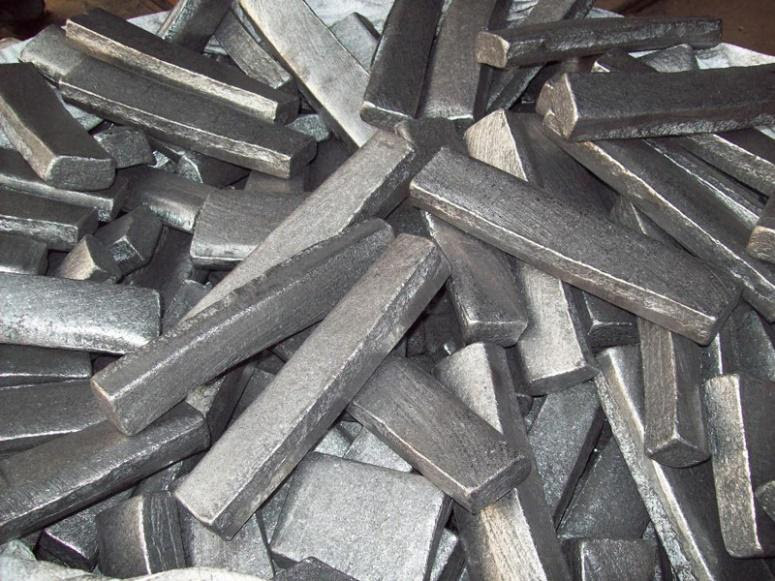


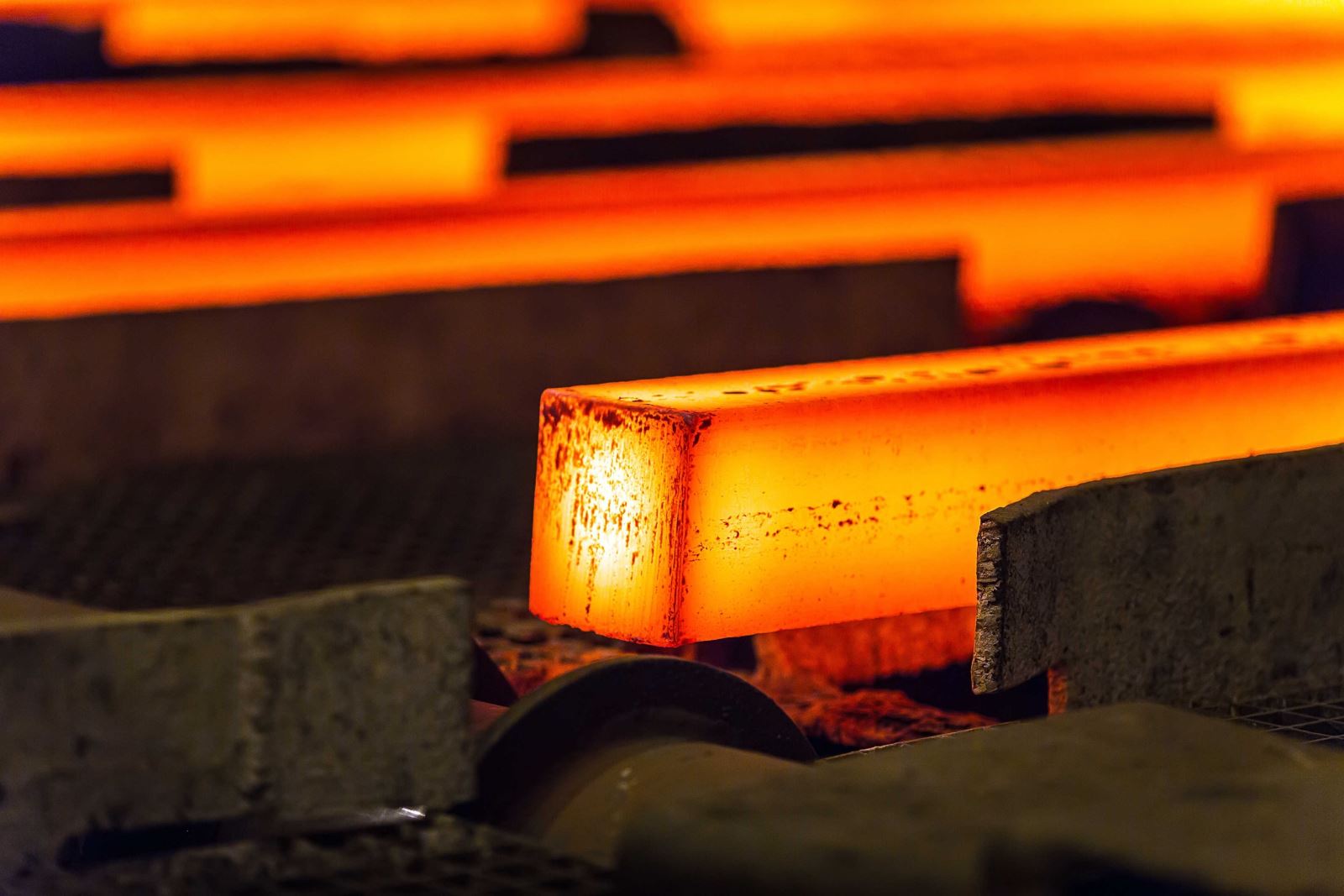
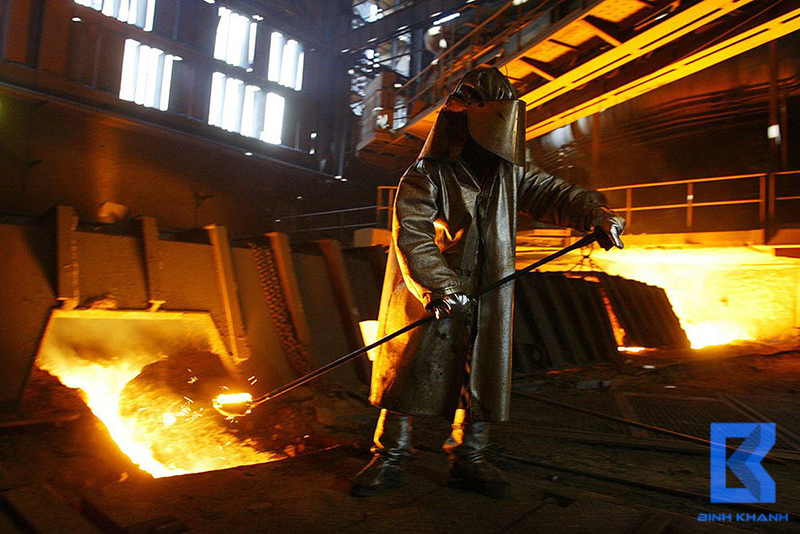

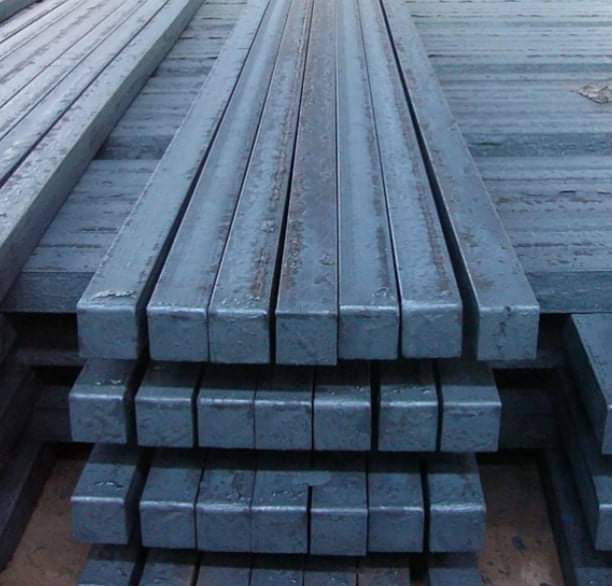

w300.jpg)
